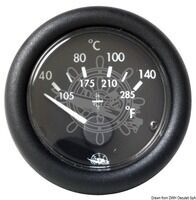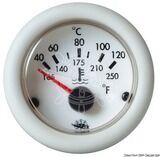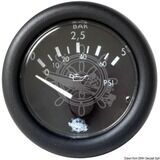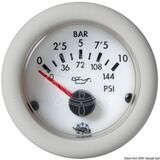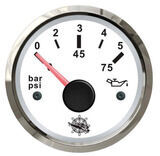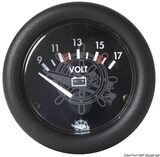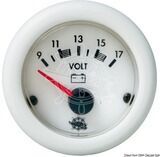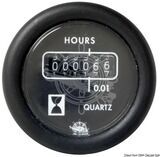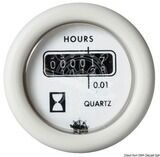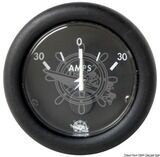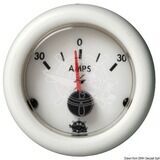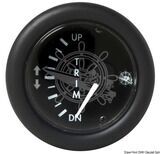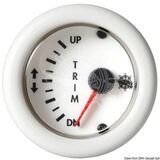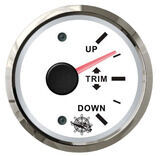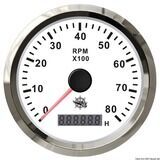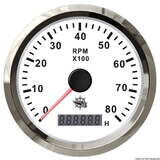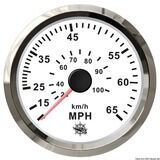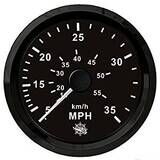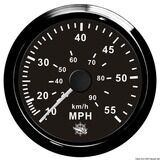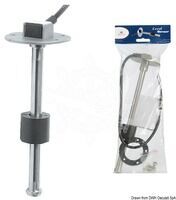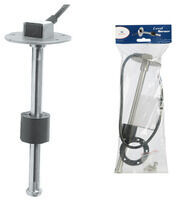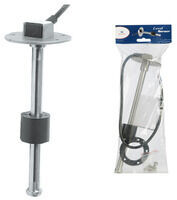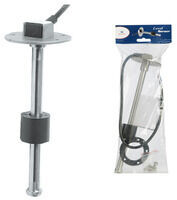Is Your Boat Ready for Winter?
As summer turns to fall and the air takes on a chill, boaters in northern states breathe a collective sigh of resignation, knowing that the time to layup their boats has arrived. Be aware that failing to protect engines, air conditioners, potable water or other systems against freeze damage can result in an expensive loss.
We give some suggestions on how to protect your boat from a cracked engine block or other damage and still go boating when the weather warms up, see Extending the Boating Season.
We are ready to help you prepare your boat for winter and enjoy a hassle-free splash in the spring.
Engines & Drive Train
* Add fuel stabilizer to fuel and run engine for a few minutes to circulate stabilized fuel.
* Spray fogging oil into intake while engine is running.
* Top off fuel tanks to reduce condensation.
* Drain water from inboard and I/O engines and risers.
* Replace water with engine antifreeze.
* Drain crankcase oil and replace.
* Replace fuel and oil filters.
* Remove and inspect spark plugs. Spray fogging oil into engine cylinders. TurN engine using flywheel.
* Inspect ignitioN wires and system components. Replace as necessary.
* Inspect all hoses for signs of softening, cracking or bulges.
* Use an engine flusher to remove salt, silt and sediment from engine’s lower unit.
* Replace lower unit gear lube.
* Lubricate all grease points: tilt/trim, steering, control cables, etc.
* Clean and degrease engine.
* Spray corrosion inhibitor on engine exterior.
* Remove prop and inspect for damage. Grease prop shaft. Store prop indoors.
Please note: This is a general checklist applicable to most boats. The best source of information about preparing your boat for winter storage is your boat’s Owner’s Manual. Consult manufacturer’s literature supplied with your boat and its components for specific long-term storage recommendations.
